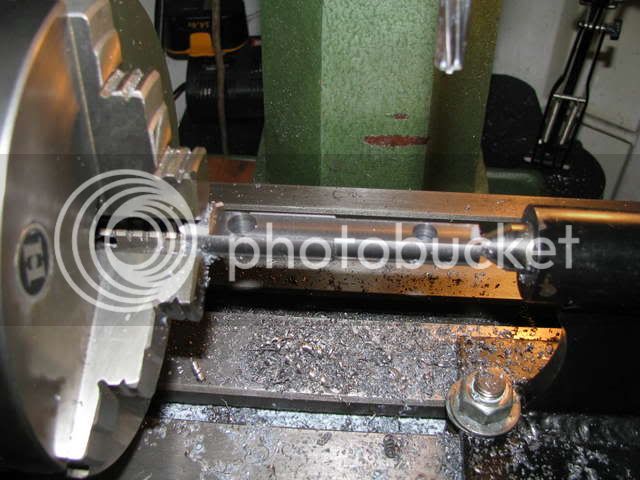chucketn
Senior Citizen
About a year ago I purchased a Vertex 4 Rotary Table without the accessories for dividing, or the tail stock. It was an expensive investment, and as of now, I havent used it much. I have made a copy of my lathe spindle nose, mounted on an MT2 taper and can mount the lathe faceplate, and 3 and 4 chucks on it.
Im studying gear cutting, and dividing and such and realize I need to be able to index and divide accurately to make gears. I have found several examples of homemade ones, and priced the accessories made for my RT.
My dilemma is, do I Spend as much as the RT cost to get the indexing accessories, or make my own dividing head, al-la Gingery, or some other style? Do I make a tail stock? Do I really need a tail stock?
So, my question, plea, request is: Has anyone made their own dividing head, tailstock? Or has anyone made their own indexing accessories for their RT? Any plans out there?
Chuck in E. TN
Im studying gear cutting, and dividing and such and realize I need to be able to index and divide accurately to make gears. I have found several examples of homemade ones, and priced the accessories made for my RT.
My dilemma is, do I Spend as much as the RT cost to get the indexing accessories, or make my own dividing head, al-la Gingery, or some other style? Do I make a tail stock? Do I really need a tail stock?
So, my question, plea, request is: Has anyone made their own dividing head, tailstock? Or has anyone made their own indexing accessories for their RT? Any plans out there?
Chuck in E. TN













![DreamPlan Home Design and Landscaping Software Free for Windows [PC Download]](https://m.media-amazon.com/images/I/51kvZH2dVLL._SL500_.jpg)




































